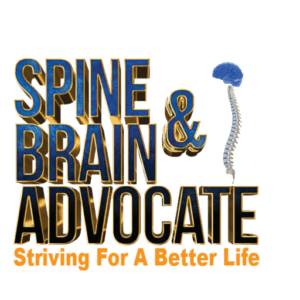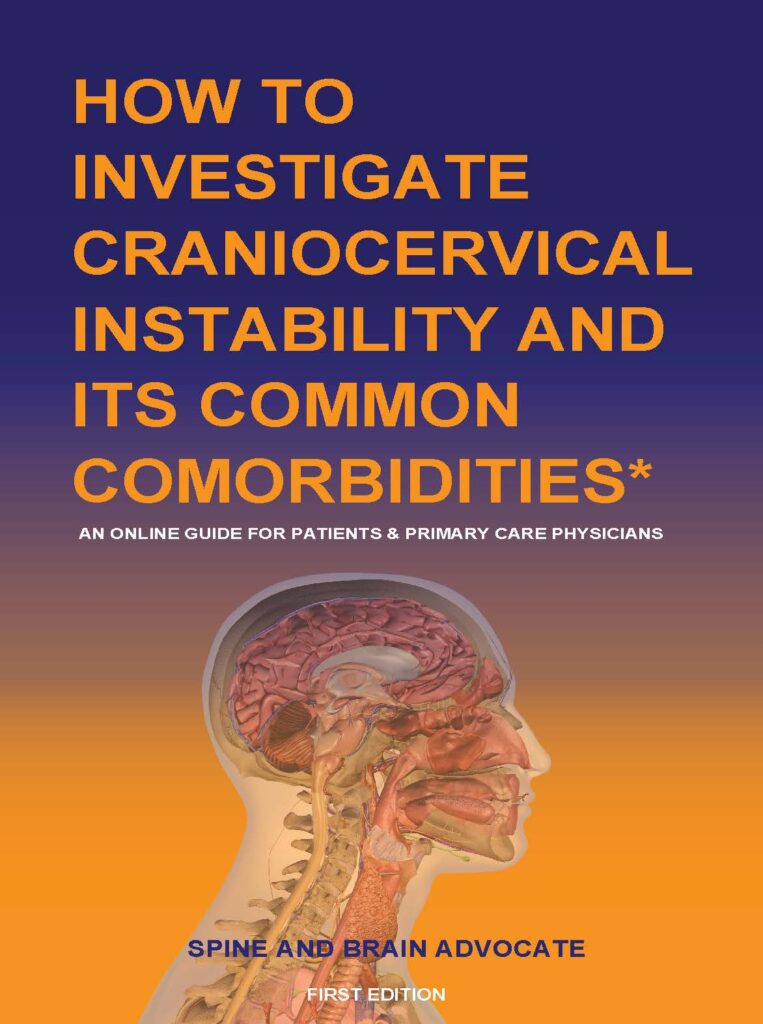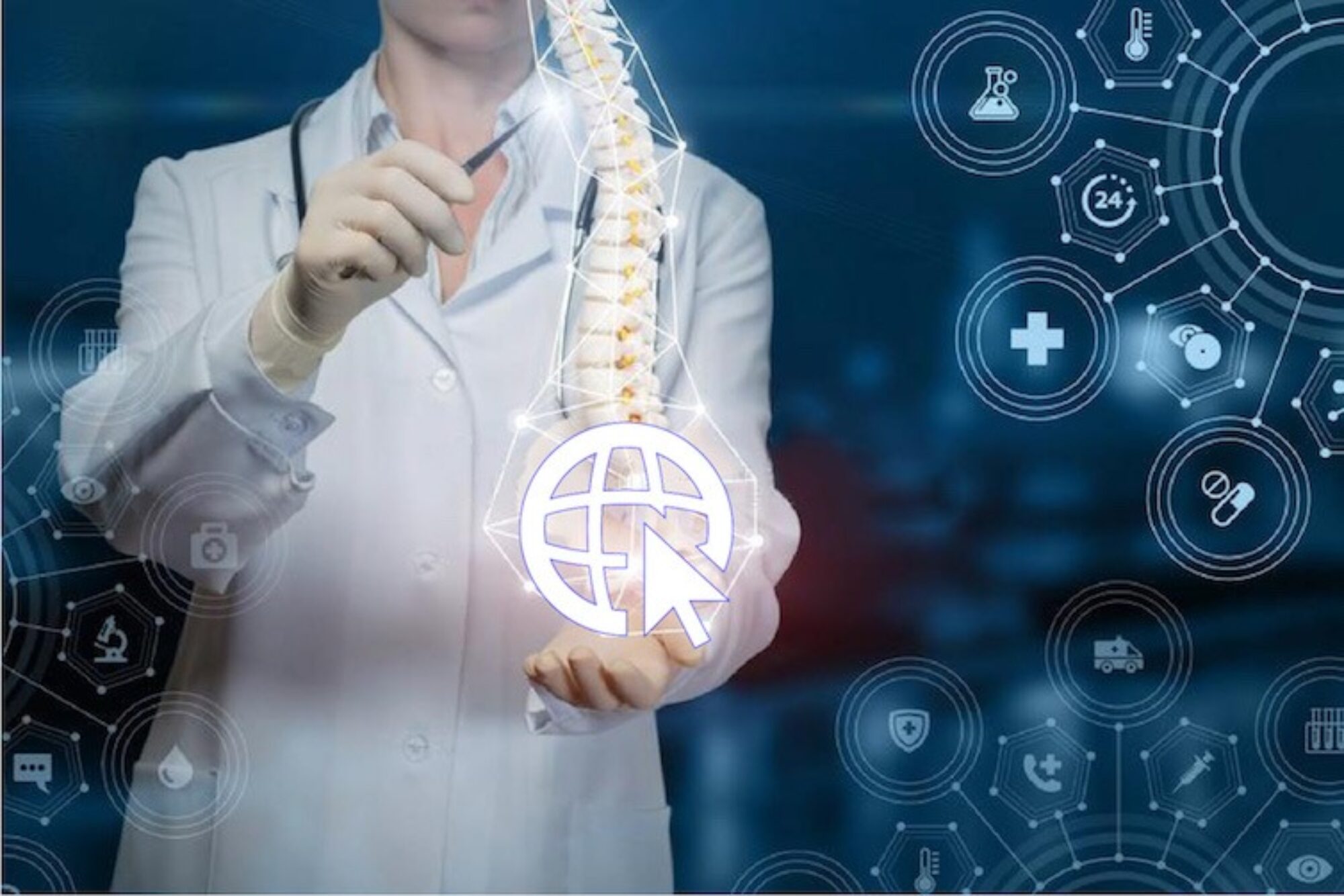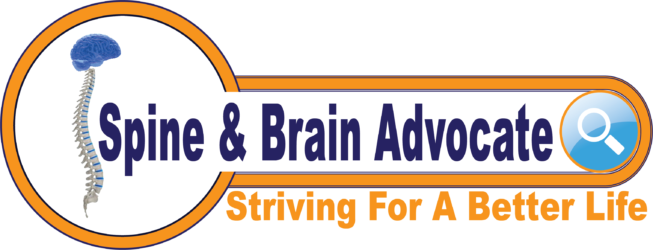

INTRODUCTION
Welcome to our platform dedicated to supporting patients and their caregivers as they navigate the complexities of spine and brain issues, including conditions such as Chiari malformation, craniocervical instability, Eagles syndrome, thoracic outlet syndrome, and adult tethered cord syndrome.
Our mission is to streamline and simplify the process for individuals facing these challenges by consolidating a wealth of medical information. We’ve designed this site to be user-friendly, ensuring that the information provided is not only relevant but also easily comprehensible. Your feedback is invaluable to us, and we encourage you to share any suggestions, medical studies, or articles that could enhance our website. Please bear with us as we update the content on a volunteer basis.
Navigate directly to the information most pertinent to you:
- Understanding Craniocervical Instability (CCI)
- Addressing the Gap: Why Isn’t My Healthcare Provider Informed About CCI?
- Steps to Investigate CCI and Common Comorbidities
- Exploring Treatment Options for CCI
- SHOP Radiology Opinion Services & CCI Awareness Ribbons
- Expand Your Knowledge at the CCI Learning Centre
- Share Your Experience: Complete the Patient Experience Survey and Review Patient Experience Results (2022)
- Insights from our 2nd Radiology Opinions Report: Summary of Outcomes in 2022
Let’s join forces to increase awareness of Craniocervical Instability and advocate for changes in healthcare that alleviate the suffering of patients, their families, and friends. We value your input; share your suggestions to enhance our website experience with us [here].

